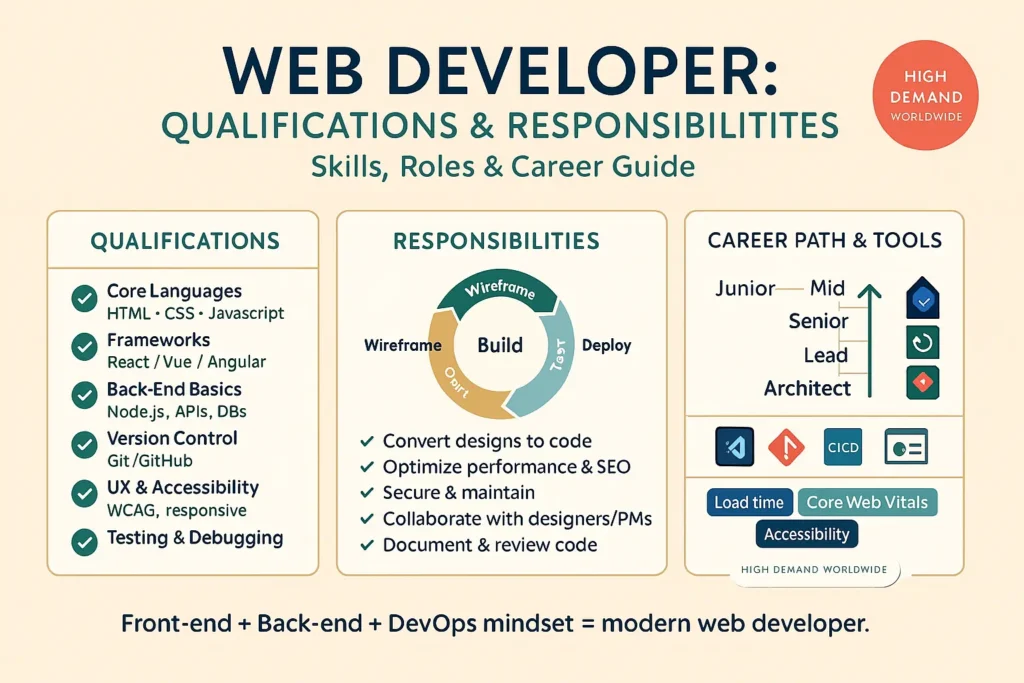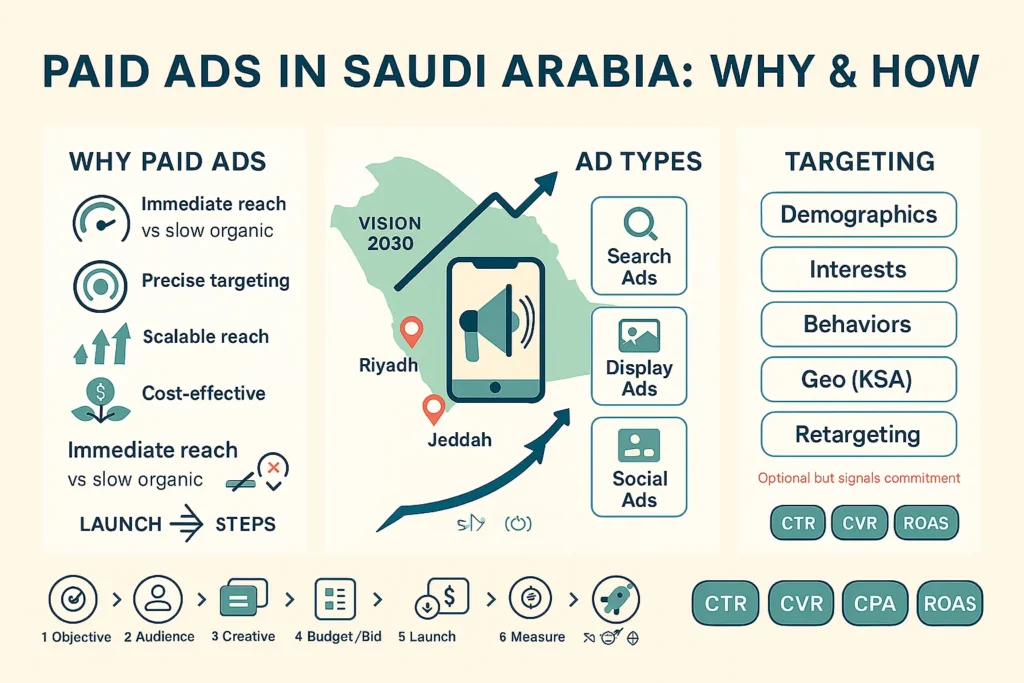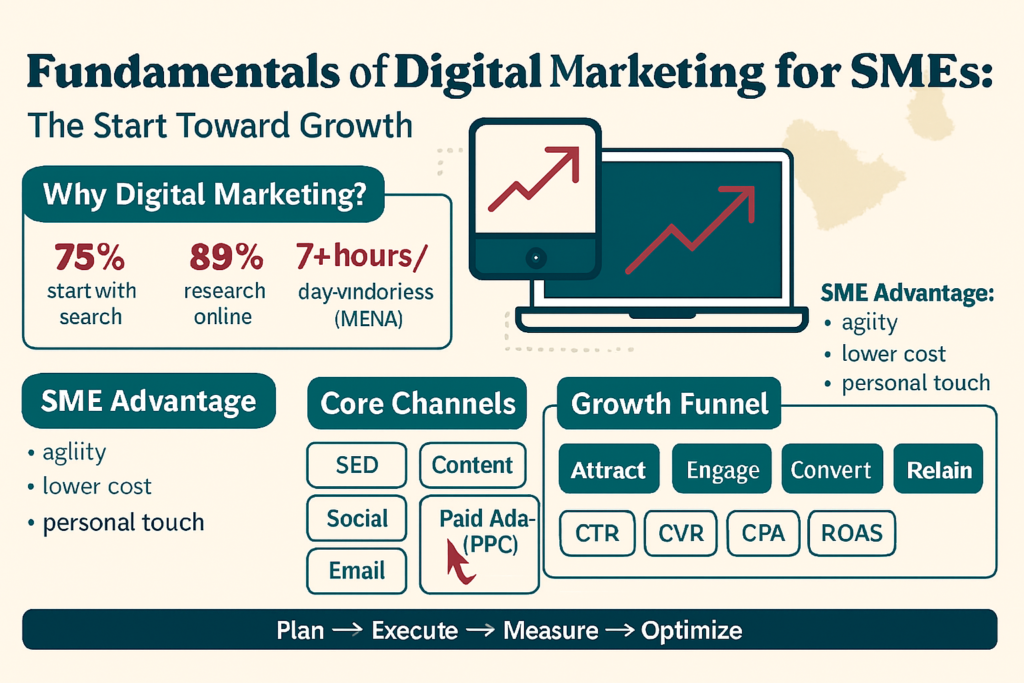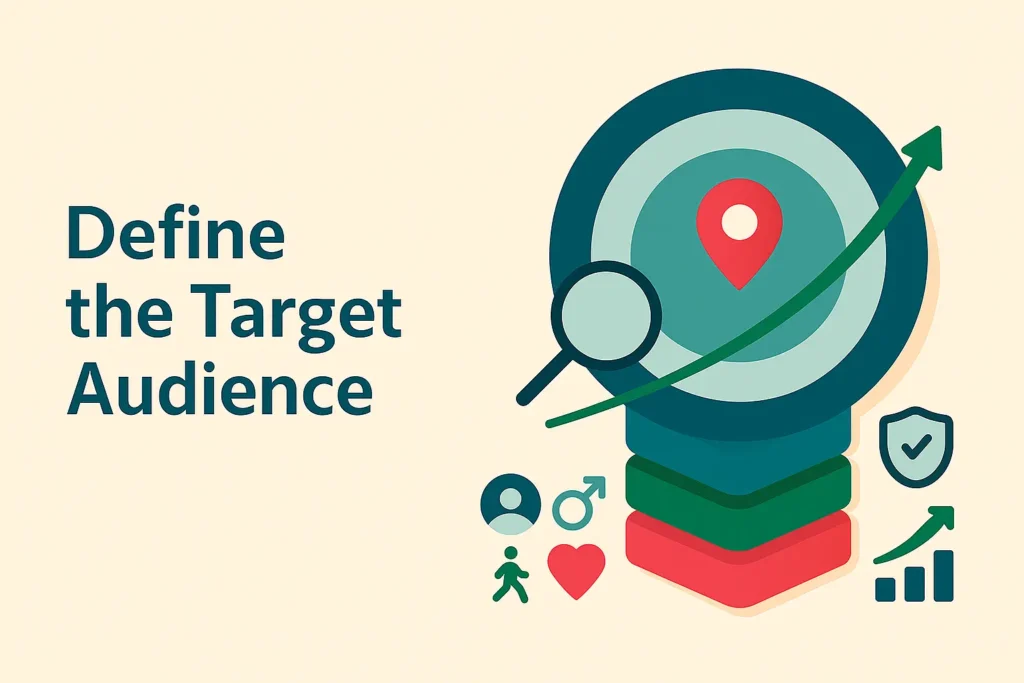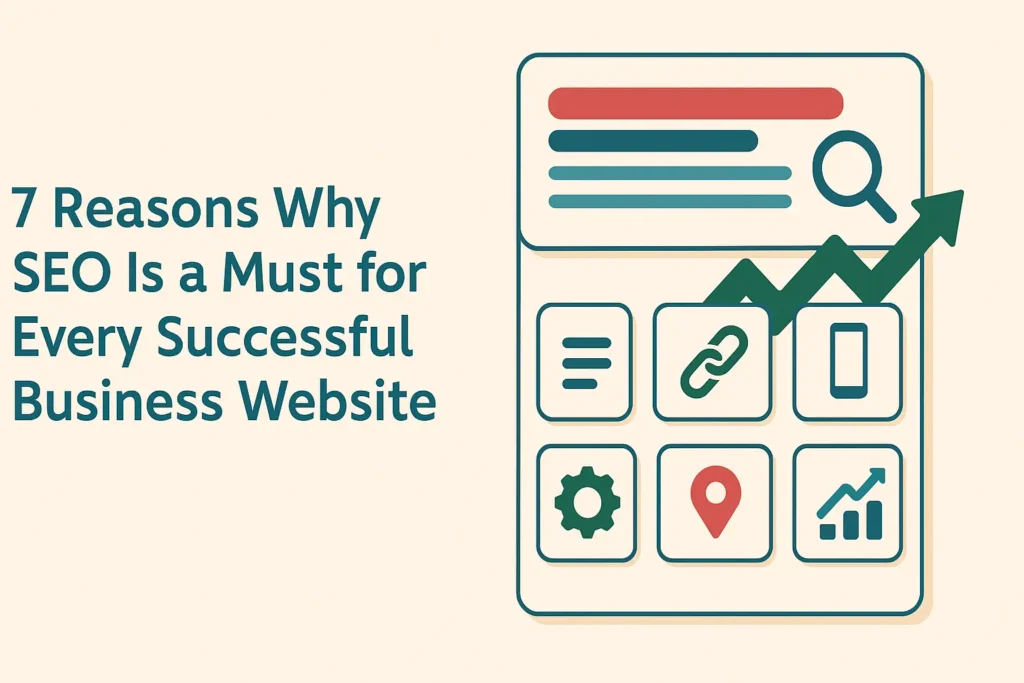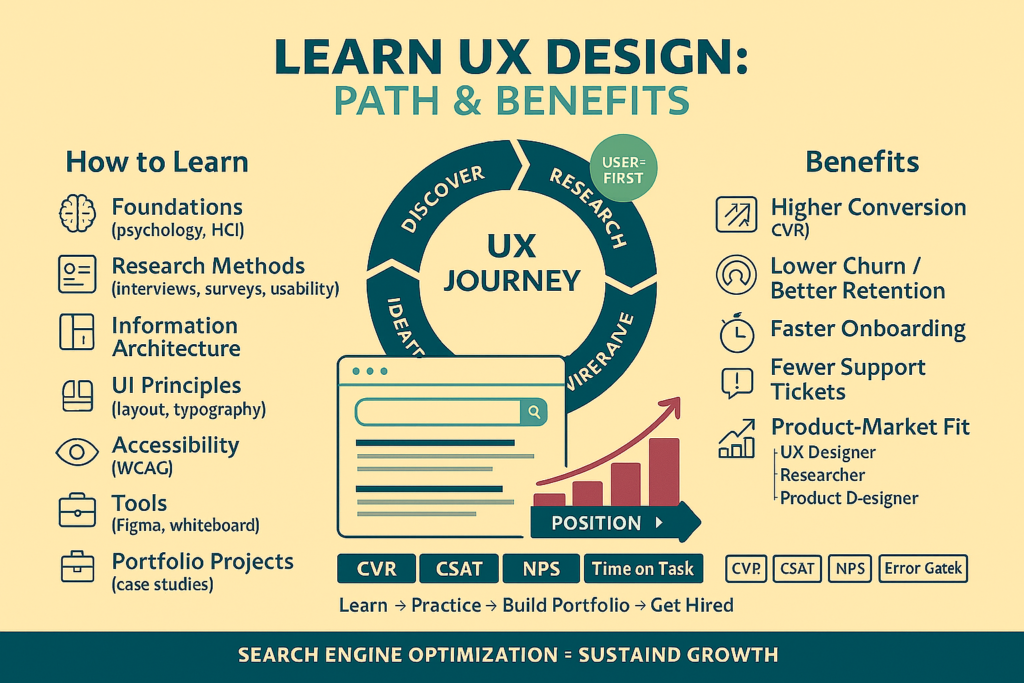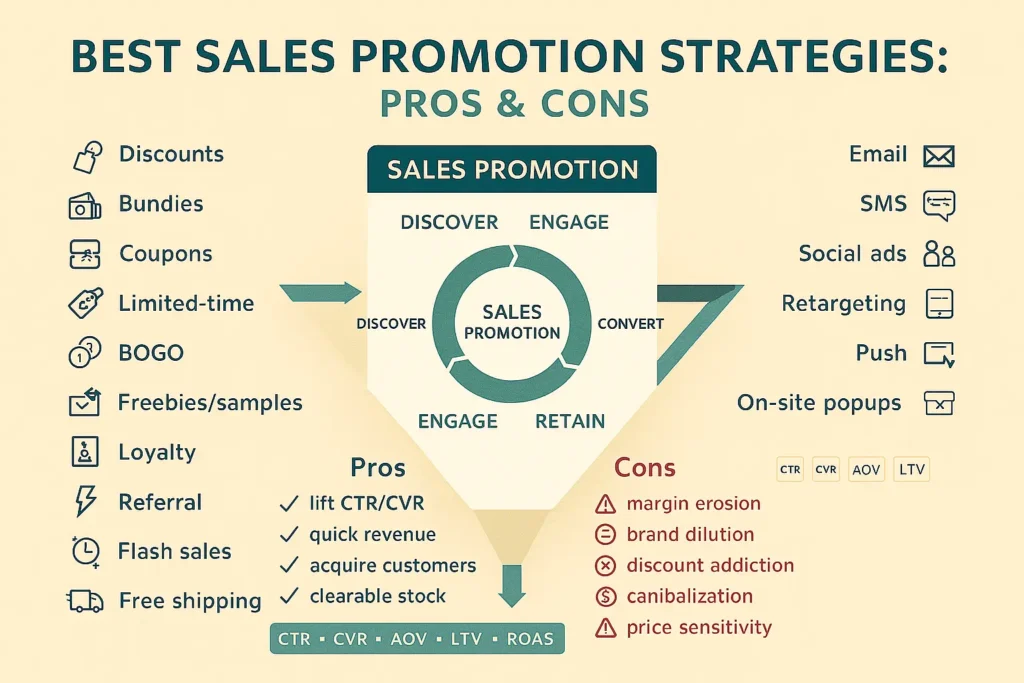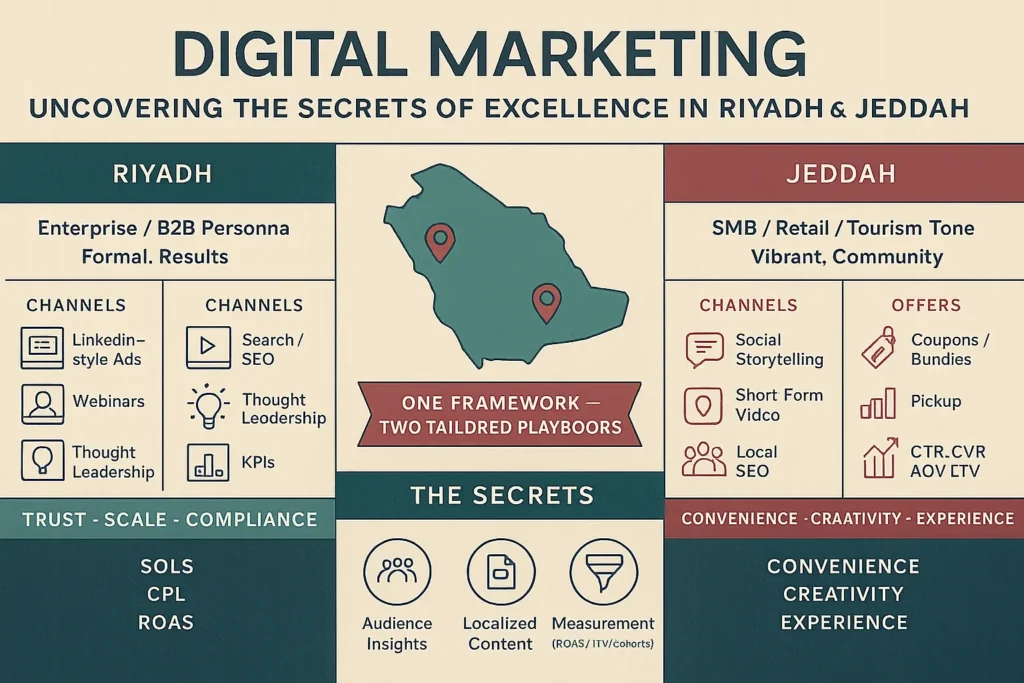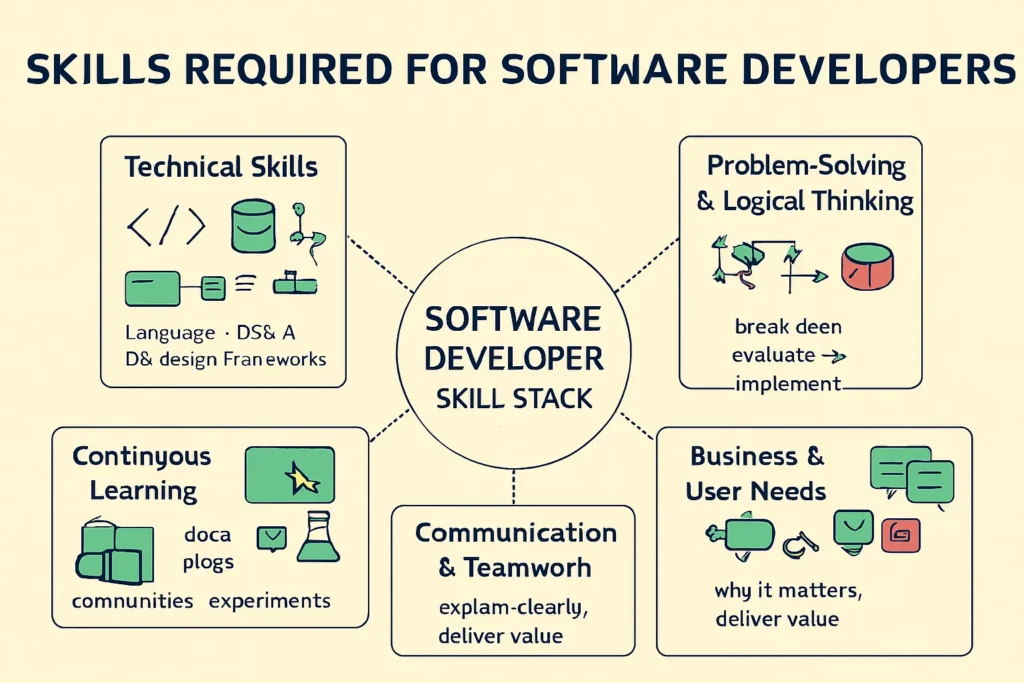
How Smart Back End and Front End Services Help Attract Customers and Increase Sales
Back End and Front End: The Digital Customer Revolution
In today’s hyper-connected world, your customers have evolved into digital natives who expect nothing less than perfection from every online interaction. Whether they’re browsing your website at 2 AM or checking your mobile app during their lunch break, they demand lightning-fast responses, seamless navigation, and intuitive experiences that just work.
You’re competing not just against businesses in your industry, but against every digital experience your customers have ever had. When someone can order a product from Amazon with one click or stream a movie instantly on Netflix, they expect the same level of sophistication from your business. This reality means that your technical infrastructure – specifically your back-end and front-end services – has become the invisible foundation that either propels your business forward or holds it back.
The connection between technical performance and business results isn’t theoretical; it’s measurable and immediate. Studies consistently show that even a one-second delay in page load time can reduce conversions by 7%, while a well-optimized user interface can increase conversion rates by up to 200%. Your technology stack has become your silent sales team, working around the clock to either attract customers or drive them away.
Smart Front-End Services: Your Digital Storefront That Never Sleeps
Your front-end services represent everything your customers see, touch, and interact with across all digital touchpoints. Smart front-end development goes beyond creating something that simply looks good – it’s about crafting experiences that guide users naturally toward conversion while building trust and credibility at every step.
When you invest in intelligent user interface optimization, you’re essentially redesigning your digital storefront to work as your most effective salesperson. This means implementing responsive design that adapts flawlessly to every device, from smartphones to desktop computers. Your mobile-first design strategy becomes crucial when you consider that mobile commerce is expected to account for over 40% of all e-commerce sales.
Page load speed optimization represents one of the most direct connections between technical performance and revenue. Your customers won’t wait – if your pages don’t load within three seconds, 53% of mobile users will abandon your site entirely. Smart front-end services implement advanced caching strategies, optimize images automatically, and prioritize critical content to ensure your site loads instantly across all devices.
Visual design elements work psychologically to build trust and credibility before customers even read your content. Professional typography, consistent color schemes, and intuitive navigation patterns signal to users that your business is reliable and established. When you incorporate accessibility features into your front-end design, you’re not just doing the right thing – you’re expanding your potential customer base to include the 26% of adults who have some form of disability.
Smart Back-End Services: The Engine Driving Customer Satisfaction
While your customers never directly interact with your back-end infrastructure, they feel its impact with every click, search, and transaction. Smart back-end front-end integration ensures that your behind-the-scenes systems work seamlessly to deliver the experiences your customers expect.
Database optimization forms the foundation of responsive customer experiences. When your databases are properly indexed, cached, and maintained, customer searches return results in milliseconds rather than seconds. This seemingly small difference can mean the difference between a completed sale and an abandoned cart. Smart back-end services implement automated database maintenance routines that optimize performance continuously without human intervention.
API integration creates the invisible bridges that connect all your business systems. When your inventory management system communicates instantly with your website, customers never see “out of stock” messages for items that are available. When your customer service system has real-time access to order history and preferences, support interactions become more personal and effective.
Security measures built into your back-end infrastructure protect not just your business data, but your customers’ trust. Smart back-end security goes beyond basic SSL certificates to include advanced threat detection, automated security updates, and compliance with industry standards. When customers feel confident that their personal and financial information is protected, they’re more likely to complete purchases and return for future transactions.
Scalability solutions ensure that your systems can handle success. During peak shopping seasons, flash sales, or viral marketing campaigns, your back-end infrastructure automatically scales to handle increased traffic without slowing down or crashing. This reliability means you never lose sales due to technical limitations.

How Front-End Excellence Transforms Browsers into Buyers
The psychology of digital first impressions operates on a timeline measured in milliseconds. Within 50 milliseconds of landing on your website, visitors form an opinion about your business that influences their likelihood to purchase. Smart front-end design leverages this psychological reality by ensuring that every element of your interface reinforces your value proposition.
Conversion rate optimization through smart design involves understanding the customer journey at a granular level. You need to identify where customers hesitate, where they get confused, and where they abandon their intended actions. Smart front-end services use heat mapping, user session recordings, and A/B testing to optimize every element of your interface for maximum conversion potential.
Cart abandonment represents one of the most significant revenue leaks in e-commerce, with average abandonment rates exceeding 70%. Smart front-end design addresses this challenge by streamlining the checkout process, offering multiple payment options, and providing clear progress indicators. When you reduce the number of steps required to complete a purchase and eliminate unnecessary form fields, you directly increase your conversion rates.
Personalization features powered by smart front-end technology can increase average order values by up to 19%. When your interface dynamically adjusts product recommendations based on browsing history, purchase patterns, and demographic information, customers discover products they might not have found otherwise. This personalization extends to content, pricing, and even navigation elements that adapt to individual user preferences.
Mobile optimization has evolved far beyond responsive design. Smart front-end services optimize for touch interactions, implement swipe gestures, and ensure that all functionality works perfectly on smaller screens. With mobile commerce growing at twice the rate of desktop commerce, your mobile experience often determines your overall business success.
Back-End Intelligence: Converting One-Time Buyers into Loyal Customers
Customer retention costs five times less than customer acquisition, making your back-end customer relationship management systems crucial for long-term profitability. Smart back-end services create comprehensive customer profiles that enable personalized experiences across all touchpoints.
Automated email campaigns triggered by specific user behaviors can generate 320% more revenue than traditional broadcast emails. Your back-end systems track customer actions – from abandoned carts to product views to purchase history – and automatically trigger relevant, timely communications. When someone abandons their cart, they receive a personalized email within an hour. When they make their first purchase, they’re automatically enrolled in a welcome series that introduces them to your brand story and values.
Inventory management systems integrated with your back-end infrastructure prevent lost sales by ensuring accurate stock levels across all channels. When your back-end systems communicate in real-time with your suppliers, you can automatically reorder popular items before they go out of stock. This proactive approach means you never disappoint customers with unavailable products.
Performance monitoring built into your back-end infrastructure identifies and resolves issues before they impact customers. Smart monitoring systems track server response times, database query performance, and third-party service reliability. When performance degrades, automated systems either resolve the issue or alert your technical team immediately.
Analytics and reporting capabilities provide insights that directly influence business decisions. Your back-end systems collect and analyze customer behavior data, sales trends, and operational metrics. This information helps you identify which products to promote, which marketing campaigns generate the highest return on investment, and which customer segments offer the greatest growth potential.
The Power of Integration: When Front-End and Back-End Work in Harmony
The most successful digital businesses achieve excellence by ensuring their back-end and front-end services work together as a unified system. This integration creates seamless customer journeys that feel effortless and intuitive, even when complex processes are happening behind the scenes.
Real-time data synchronization ensures that information remains consistent across all customer touchpoints. When a customer updates their profile information on your mobile app, that change immediately reflects on your website, in your email marketing system, and in your customer service platform. This consistency builds trust and eliminates the frustration customers feel when they have to repeat information multiple times.
Unified customer profiles combine data from all interaction points to create comprehensive views of each customer. Your system knows not just what someone purchased, but how they discovered your brand, which marketing messages resonated with them, and what their preferred communication channels are. This holistic view enables more effective marketing, better customer service, and stronger relationships.
Cross-platform compatibility ensures that customers can start an action on one device and complete it on another without losing progress. Someone might research products on their smartphone during their commute, add items to their cart on their work computer, and complete the purchase on their tablet at home. Smart integration makes this multi-device journey seamless.
API-first approaches future-proof your technology investments by making it easy to integrate new tools and services as your business grows. When your systems communicate through well-designed APIs, you can add new marketing tools, payment processors, or analytics platforms without disrupting existing operations.
Measuring Success: ROI Metrics That Matter
Key performance indicators for front-end effectiveness include page load speed, bounce rate, conversion rate, and customer satisfaction scores. You should track these metrics continuously and set up automated alerts when performance falls below acceptable thresholds. A 10% improvement in page load speed often correlates with a 15% increase in conversion rates.
Back-end metrics that correlate with business growth include server response time, database query speed, system uptime, and error rates. These technical metrics directly impact customer experience and, consequently, your revenue. When your server response time increases from 200 milliseconds to 500 milliseconds, you may see a corresponding decrease in customer satisfaction and sales.
Customer acquisition costs provide insight into the effectiveness of your technical investments. When your website loads faster and converts better, you acquire customers more efficiently. This improved efficiency means you can invest more in marketing while maintaining profitability, creating a positive feedback loop that accelerates growth.
Conversion rate analysis helps you understand which technical improvements generate the highest returns. A/B testing different interface elements, page layouts, and user flows reveals which changes have the greatest impact on customer behavior. This data-driven approach ensures that your technical investments focus on improvements that directly impact revenue.
Customer lifetime value improvements often result from technical enhancements that improve the overall user experience. When customers have positive experiences with your digital interfaces, they’re more likely to make repeat purchases, recommend your business to others, and remain loyal over time.
Industry-Specific Applications: Tailored Solutions for Maximum Impact
E-commerce platforms require specialized front-end and back-end optimizations that address the unique challenges of online retail. Your product catalog systems need to handle thousands of items with multiple variants, your search functionality must help customers find exactly what they’re looking for, and your checkout process must work flawlessly across all devices and payment methods.
SaaS applications face different challenges, focusing on user engagement and retention rather than single transactions. Your onboarding processes need to guide new users to their first success quickly, your interface must scale to accommodate both novice and expert users, and your back-end systems must track detailed usage analytics to identify opportunities for improvement.
Healthcare systems must balance user experience with strict security and compliance requirements. Your patient portals need to be intuitive enough for users of all technical skill levels while maintaining HIPAA compliance. Your back-end systems must integrate with electronic health records while protecting sensitive patient information.
Financial services applications require the highest levels of security and reliability. Your customers need to trust that their financial information is protected, that transactions will process correctly, and that they can access their accounts whenever needed. Your back-end systems must handle real-time fraud detection while maintaining lightning-fast response times.
Overcoming Common Challenges: Roadblocks to Success and Their Solutions
Budget constraints often force businesses to choose between front-end and back-end improvements. However, this approach can be counterproductive. Instead of viewing these as competing priorities, consider how strategic investments in both areas can create synergistic effects that multiply your return on investment.
Legacy system integration presents technical challenges that can seem overwhelming. The key is to implement modern API layers that allow new systems to communicate with existing infrastructure without requiring complete system replacements. This approach enables gradual modernization while maintaining operational continuity.
Scaling challenges during rapid growth can overwhelm unprepared systems. Smart back-end architecture anticipates growth by implementing cloud-based solutions that scale automatically. This proactive approach ensures that success doesn’t create technical problems that limit further growth.
Security concerns become more complex as your systems become more sophisticated. The solution involves implementing security measures at every layer of your technology stack, from front-end input validation to back-end encryption and monitoring. Regular security audits and updates ensure that your defenses evolve with emerging threats.
Team coordination between front-end and back-end developers requires clear communication protocols and a shared understanding of business objectives. Regular cross-team meetings, shared documentation, and collaborative tools help ensure that both teams work toward common goals.
Future-Ready Technology: Staying Ahead of the Competition
Artificial intelligence integration is transforming how businesses interact with customers. Smart chatbots can handle routine customer service inquiries, predictive analytics can anticipate customer needs, and machine learning algorithms can optimize everything from product recommendations to inventory management.
Progressive web applications represent the convergence of web and mobile app experiences. These technologies enable businesses to provide app-like experiences through web browsers, reducing development costs while improving customer engagement across all devices.
Voice interface optimization is becoming increasingly important as more customers use voice assistants to research products and make purchases. Your back-end and front-end services need to adapt to support voice searches and voice-activated transactions.
Internet of Things connectivity creates new opportunities for customer engagement. Smart devices can automatically reorder consumable products, wearable devices can track usage patterns, and connected home systems can anticipate customer needs before they’re explicitly expressed.
Machine learning algorithms can continuously optimize your systems based on real user behavior. These algorithms can adjust website layouts, personalize content, and optimize inventory levels automatically, creating systems that become more effective over time without human intervention.
Keep reading and uncover secrets that can change the way you work. E-commerce in Saudi Arabia: How to Boost Your Profits with Our AI-Powered Services
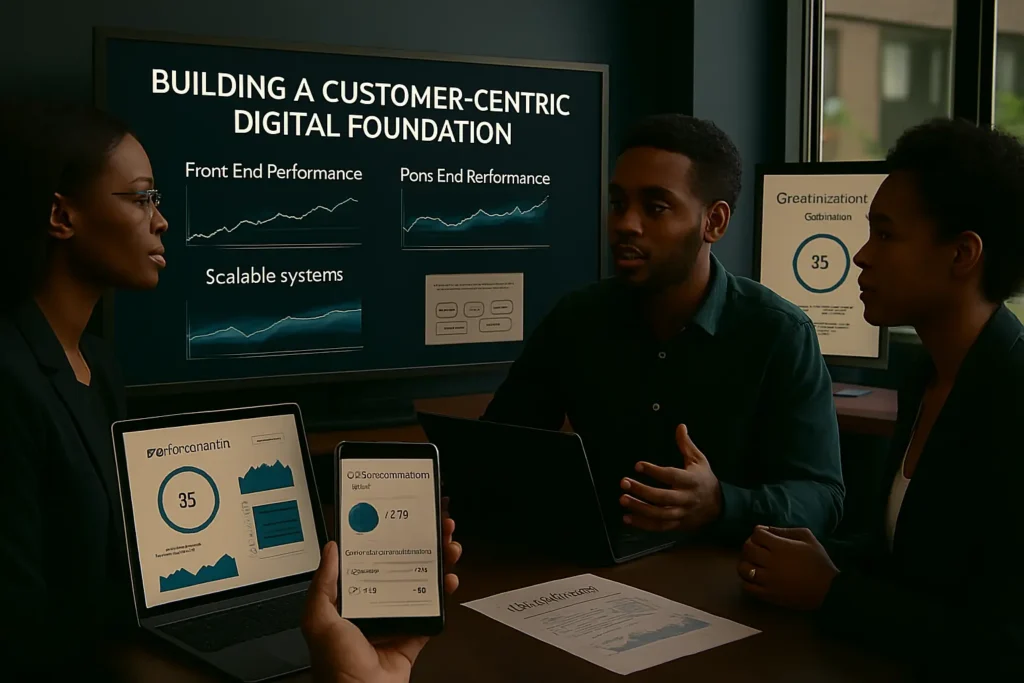
Your Next Steps: Building a Customer-Centric Digital Foundation
Immediate actions you can take include conducting a comprehensive audit of your current front-end and back-end performance. Use tools like Google PageSpeed Insights to identify quick wins for page load speed, and implement monitoring systems to track key performance metrics continuously.
Long-term strategies should focus on creating flexible, scalable systems that can adapt to changing customer expectations and business needs. This involves investing in modern development frameworks, implementing robust API architectures, and establishing continuous improvement processes.
Choosing the right partners for your digital transformation requires careful evaluation of technical expertise, business understanding, and cultural fit. Look for partners who can demonstrate measurable results from similar projects and who understand your specific industry challenges.
Creating a culture of continuous improvement ensures that your technical investments continue to generate returns over time. This involves establishing regular review processes, encouraging experimentation, and maintaining focus on customer-centric metrics.
Keep reading and uncover secrets that can change the way you work. Innovative Web Development Company in Tabuk and Najran Driving Business Success with AI
Transform Your Business Through Strategic Technology Investment
Your back-end and front-end services represent more than just technical infrastructure – they’re the foundation of every customer relationship and the engine of your business growth. In an increasingly digital world. The quality of these services directly determines your ability to attract new customers, retain existing ones, and scale your business successfully.
The businesses that thrive in the coming years will be those that recognize technology not as a cost center, but as a strategic advantage. By investing in smart front-end services that create exceptional user experiences and intelligent back-end systems that enable personalization and automation. You’re positioning your business to capture a larger share of an increasingly competitive market.
Remember that digital transformation is not a destination but a continuous journey. The technologies and customer expectations that define success today will evolve, and your systems must be flexible enough to adapt. By building a foundation of excellence in both front-end and back-end services. You’re creating the capability to evolve with your customers and stay ahead of your competition.
The question isn’t whether you can afford to invest in smart front-end and back-end services – it’s whether you can afford not to. Every day you delay these investments, you’re giving your competitors more time to capture the customers who should be yours. Your digital transformation starts with a single decision: to prioritize the customer experience that only excellent technology can deliver.
Don’t miss the opportunity… all it takes is one smart decision to begin your journey to success.
Frequently Asked Questions (FAQ)
What’s the difference between front-end and back-end services in terms of customer impact?
Front-end services directly affect what customers see and interact with. Influencing their immediate perception of your brand and their likelihood to complete desired actions. Back-end services work behind the scenes to ensure reliability, security, and personalization that build long-term customer relationships.
How quickly can I expect to see ROI from front-end and back-end improvements?
Front-end improvements often show results within weeks, as changes to page load speed and user interface design immediately impact conversion rates. Back-end optimizations may take months to show full impact. But they provide more sustainable long-term benefits through improved customer retention and operational efficiency.
Should I prioritize front-end or back-end improvements first?
The answer depends on your current biggest pain points, but front-end improvements often provide more immediate, visible results. However, the most successful approach involves coordinated improvements to both areas, as they work together to create optimal customer experiences.
How do I know if my current services are helping or hurting my sales?
Monitor key metrics including page load times, conversion rates, cart abandonment rates, customer satisfaction scores, and system uptime. Declining performance in any of these areas indicates that your technical infrastructure may be limiting your business growth.
What’s the most cost-effective way to improve both front-end and back-end services?
Start with performance optimization and user experience improvements that don’t require major infrastructure changes. Focus on quick wins like image optimization, code minification, and database tuning before investing in major system upgrades or replacements.
